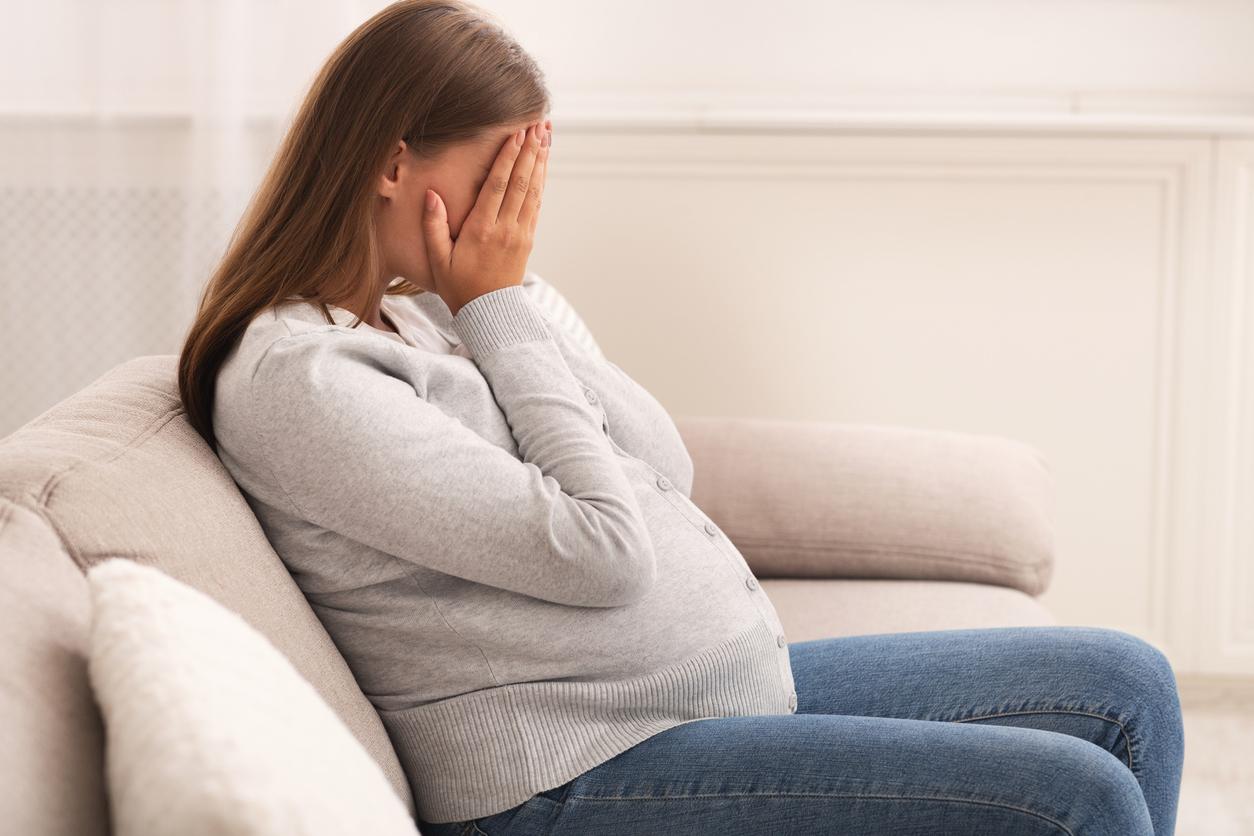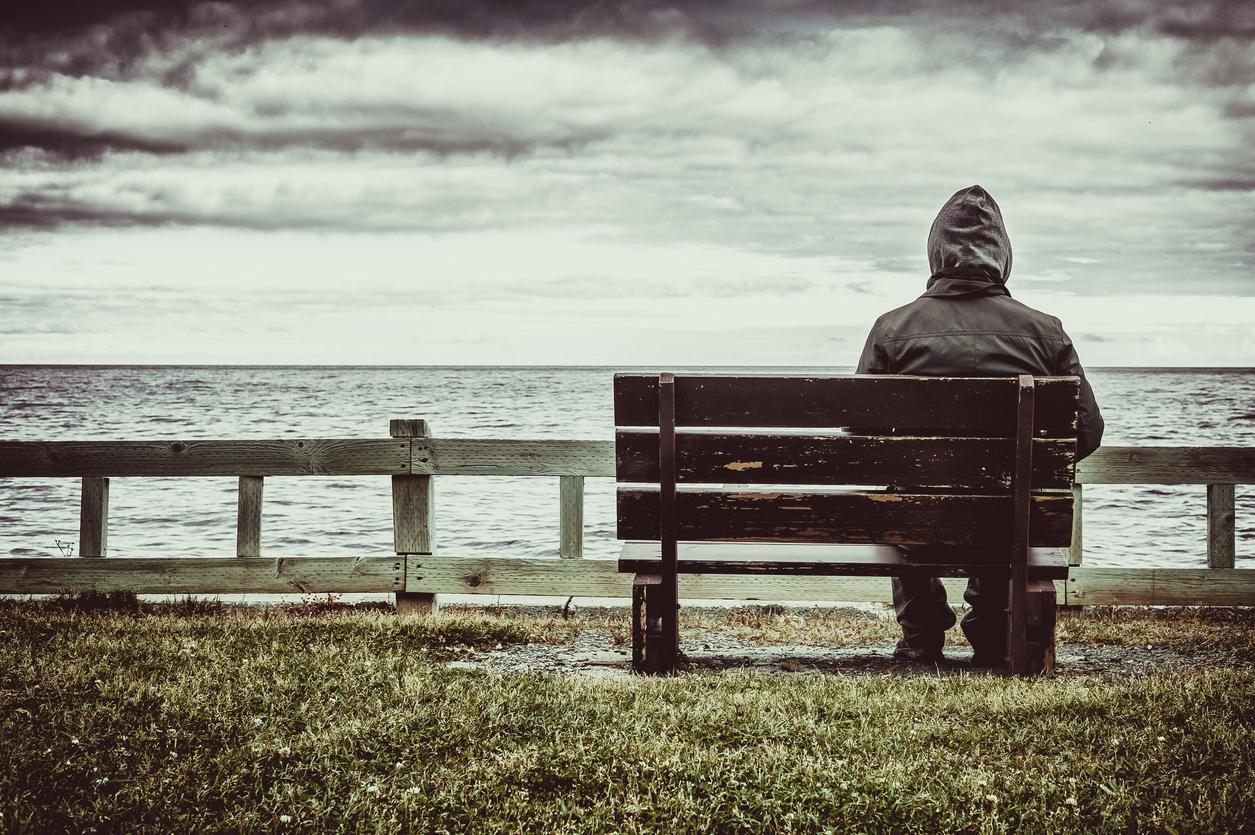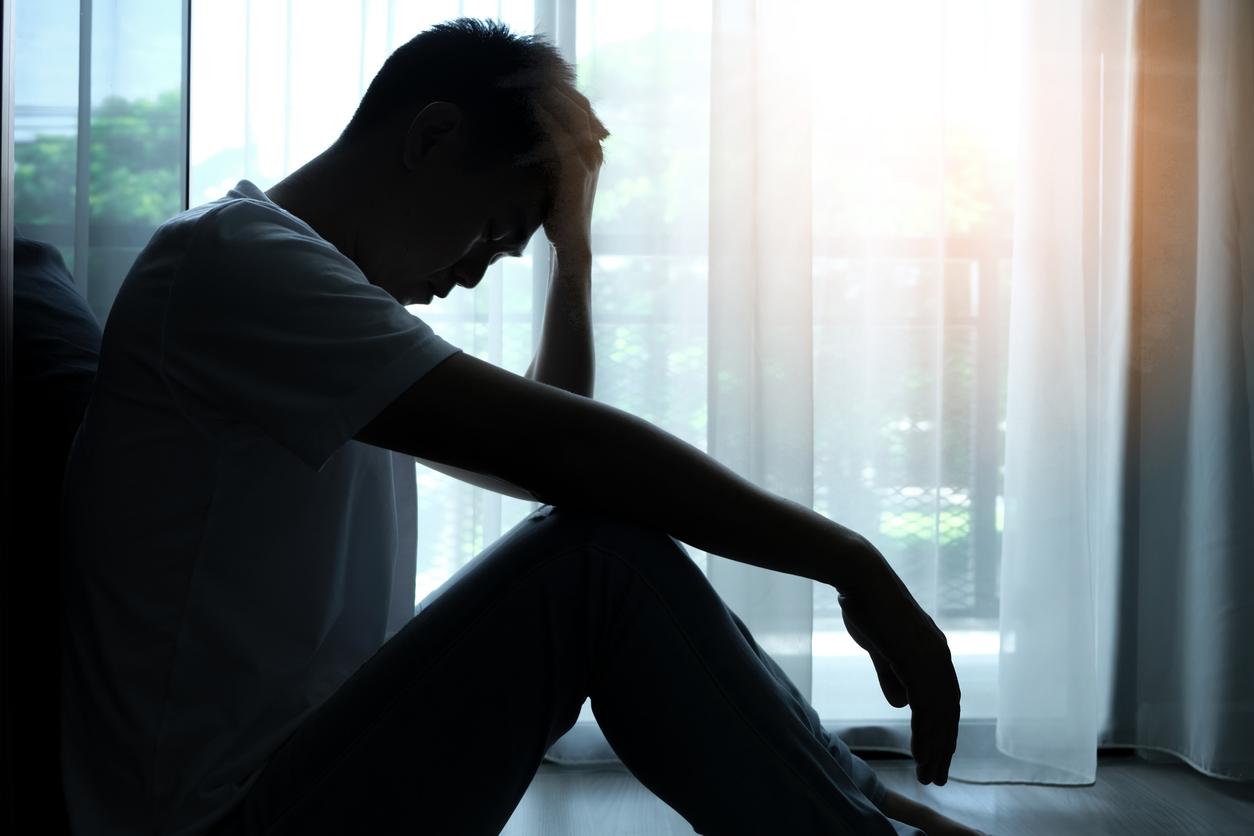Guest of the TF1 television news on Sunday evening, Stromae exclusively unveiled his new song entitled “Hell”, which tells of his own depression.

- In May 2020, 13.5% of people aged 15 or over living in France reported symptoms suggestive of depression.
- A proportion up 2.5 points compared to 2019.
“I have sometimes had suicidal thoughts and I am not very proud of them. Sometimes people believe that this is the only way to silence them. These thoughts make me live through hell”. After 7 years of absence, the singer Stromae unveiled his new hit on TF1, which frankly addresses the problems of depression he has gone through. This willingness of the artist to break taboos around mental health, shared by more and more stars like gymnast Simone Biles, has been welcomed by many doctors.
“We take the gift!”
“Thank you Stromae for tackling the difficult subject of #suicide in your latest album. It is so important to ask for help if you are struggling and to support those who need help,” so wrote WHO President Tedros Adhanom Ghebreyesus on Twitter on Wednesday January 12.
“We can say what we want, communication, marketing or other. The impact that Stromae had in 3 minutes I would never have it in the life of a psychiatrist! Those who have experienced depression know It’s not easy to talk about it. He decides to do it. Honestly, we take the gift!”also welcomed Nicolas Rainteau, psychiatrist at the Montpellier University Hospital.
More mobilization of personalities
According to a recent study by the British Medical Journal, the mobilization of personalities around mental health can indeed have a positive impact. American rapper Logic’s song 1-800-273-8255, which is actually the hotline number for the suicide prevention line in the United States, is said to have led to a 5.5% drop in calls to the act in the country among 10-19 year olds, i.e. 245 deaths avoided.
An unexpected musical influence that France needs, where emergency room admissions for attempted suicides among young girls under 15 have increased by 40% in three years (and by 22% for women aged 15 to 29). years).

.















